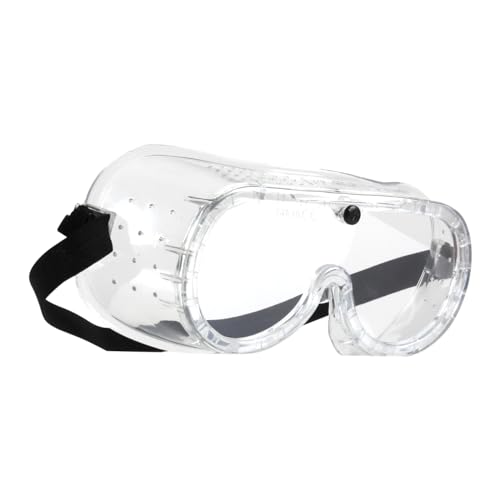Are Safety Goggles Effective in Low Light Conditions?
When it comes to personal safety equipment, safety goggles are an essential piece of gear that protects our eyes from potential hazards. Whether you are working on a construction site, in a laboratory, or participating in outdoor activities like skiing or cycling, safety goggles play a crucial role in preventing eye injuries. But are they effective in low light conditions? Let’s find out.
Understanding Safety Goggles
Safety goggles, also known as safety glasses, are specially designed eyewear made to protect your eyes from various potential dangers. They are typically made from materials such as polycarbonate, which is impact-resistant and offers excellent optical clarity.
Regular safety goggles come with clear lenses, allowing for maximum light transmission. However, in some situations, low light conditions may make it challenging to see clearly. For instance, when working in dimly lit areas or during nighttime activities, you may wonder if safety goggles are still effective.
Low Light Conditions and Safety Goggles
While safety goggles are primarily designed for daytime use and optimal visibility, they can still provide some level of protection in low light conditions. The level of effectiveness largely depends on the specific goggles and their features.
Many safety goggles with clear or transparent lenses have anti-fog coatings, which can be especially helpful in low light situations. These coatings prevent fogging and maintain clear vision, even when transitioning from a well-lit area to a dimly lit one. However, it’s important to note that visibility may still be compromised to some extent.
Another option for low light conditions is using safety goggles with tinted lenses. These lenses are designed to reduce glare and enhance contrast, making it easier to see in various lighting conditions. For example, amber or yellow tinted lenses can enhance visibility in low light situations by increasing contrast, while gray or green tinted lenses are more suitable for general outdoor use.
Additional Considerations for Low Light Conditions
While safety goggles can provide some level of protection in low light conditions, there are a few additional factors to consider for optimal visibility and safety:
1. Lighting Conditions:
Assess the specific lighting conditions you’ll be working in or the activities you’ll be involved in. If the environment is extremely dark, safety goggles alone may not be sufficient, and supplementary lighting may be necessary.
2. Auxiliary Lighting:
In situations where low light is unavoidable, consider using auxiliary lighting sources such as headlamps or task lights. These can provide additional illumination to enhance visibility and reduce the strain on your eyes.
3. Fit and Comfort:
Ensure that your safety goggles fit comfortably and securely on your face. A proper fit helps prevent slippage or movement that could affect your vision, particularly in low light conditions where clarity is already compromised.
4. Task-specific Goggles:
Consider using task-specific safety goggles that are designed for low light conditions. These goggles often come with specialized features such as built-in lights or enhanced lenses specifically tailored to improve visibility in dark environments.
While safety goggles are primarily designed for optimal visibility in well-lit environments, they can still provide some level of protection in low light conditions. The effectiveness of safety goggles in low light largely depends on the specific goggles and their features, such as anti-fog coatings or tinted lenses for enhanced contrast. However, it’s crucial to assess the lighting conditions, consider auxiliary lighting options, and ensure a proper fit for optimal visibility and safety. In situations where visibility is significantly compromised, supplementary lighting sources or task-specific goggles designed for low light conditions may be necessary.






